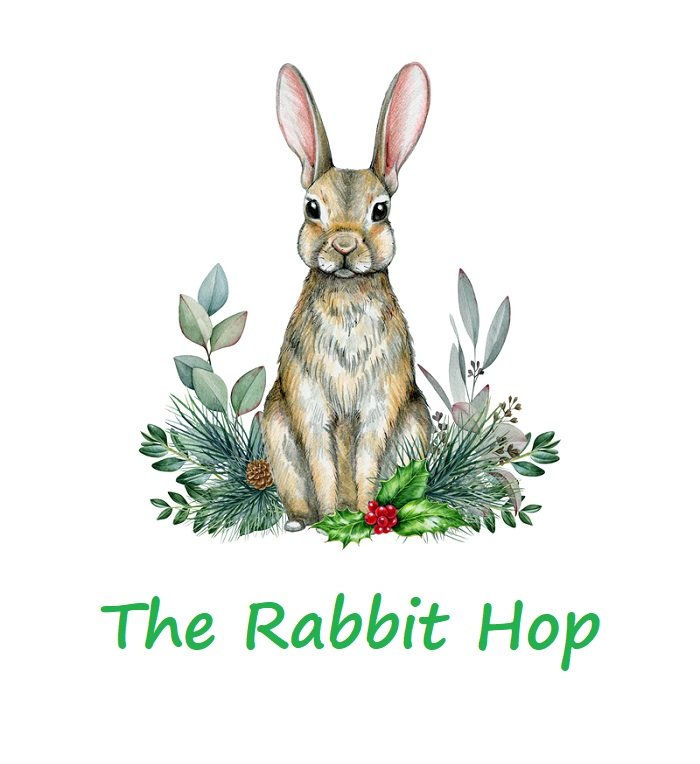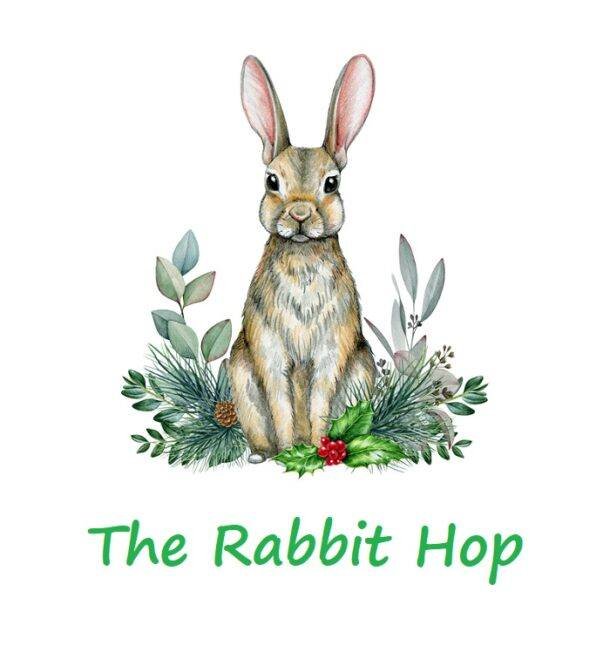French Angora rabbits are one of the most popular Angora rabbits. Although they are large, they are friendly and docile. Like other Angora rabbits, they have long, thick wools that require proper grooming. If you are willing to commit your time to take care of these charming bunnies, continue reading below!

French Angora Rabbits
Facts About French Angora Rabbits
| Body Size | Large |
| Body Weight | 7.5 to 10.5 lbs |
| Body Shape | Commercial |
| Life Span | 7 to 12 years |
| Colors | Pointed white, self, agouti, chinchilla, shaded, ticked |
| Rarity | Common |
| Similar Breeds | English Angora, Giant Angora |
| Best Suited For | Couples, families with older children |
| Origin | Ankara, Turkey |
Background and History
In 1973, French sailors from Ankora, Turkey brought Angora rabbits to France. The appearance of these bunnies resembled the French Angoras we have today. Because of their wool, the French started to raise them widely. France is the first European country to breed these bunnies commercially.
It was recorded that there were 200,000 angora breeds, 2,000 breeders, and 200 tons of wool in France in 1988. But in 1997, the breeds dropped to 13,000, and 100 to 120 breeders were left. Wool production also declined tremendously.
During the nineteenth century, the Angora rabbits arrived in the United States. However, ARBA referred to them as “Angora Wooler”. It is a term for rabbits that produce wool for commercial purposes. But in 1944, the association recognized English and French Angora rabbits. They also acknowledged the Satin and the Giant Angora in the years to come.
Today, the French Angora is the second most popular Angora rabbit, next to English Angora. They are also hard-to-beat contestants on rabbit shows. Plus, they are one of the most adored household pets. Commercially, breeders use their wool for knitted clothes and woven material.
Features and Appearance of French Angora Rabbits
Body Size
French Angoras are also the second largest breed of Angora rabbits. These adorable furry pets can weigh up to 7.5 to 10.5 lbs. Since they are bred for their wool and meat, their body is a commercial type. Their oval-shaped head is also in proportion to their body. Unlike English Angoras, French Angora rabbits don’t have ear and face furnishings.
The ears of these bunnies are usually plain or tufted. Although ARBA accepts tufted ears, they prefer those plain ones. Regarding scoring on the rabbit shows, most points go to the wool’s quality. They based it on its texture, length, and density. For the general type, the scores are based on the body type, ears, eyes, head, feet, tail, and legs.

Coat
As for the French Angora, their dense and thick coats are used to make sweaters and mittens. According to some rabbit owners, the wool of the French Angoras is eight times warmer than the wool of the sheep. These bunnies are not difficult to shear since their furs fall off when molting.
Types of French Angora furs are the coarse guard hair and the underwool coat. The average length of the French Angora fur is two to three inches, but it can reach up to six inches. Since their coats grow fast, breeders shear the wool three to four times a year.
Although French Angoras have various colors, ARBA recognized only seven varieties. They are the Pointed white, Agouti, Chinchilla, Ticked, Self, Shaded, and Wide band. Below are the colors under these categories.
| Categories | Colors |
| Pointed white | Pure white with markings on feet, nails, ears, and nose |
| Agouti | Lynx, opal, copper, chocolate agouti, chestnut |
| Chinchilla | Squirrel, lilac chinchilla, chocolate chinchilla, chinchilla |
| Ticked | Steel colors, lilac steel, chocolate steel, blue steel |
| Self | Lilac, chocolate, black, BEW, REW |
| Shaded | Tortoiseshell, Chocolate tortoiseshell, lilac tortoiseshell, lilac tortoiseshell, blue tortoiseshell, smoke, pearl, seal, sable |
| Wide band | Red, fawn, cream |
Temperament and Behavior
Similar to other Angora breeds, French Angoras are naturally docile and gentle. They are also active pets that love to hop around. These bunnies will appreciate it if you give them much more time outside their hutches. As sociable pets, they improve whenever they interact with other people.
Since French Angoras love attention, they are ideal for couples planning to have kids. These bunnies are affectionate to their owners, especially those who groom them. They are also good pets for families with older children. Since they have sensitive backs, proper handling is necessary. Younger children tend to get pushy, and these rabbits are too big for them.
If you are a first-time owner, you may want to keep smaller bunnies with shorter furs. Because of their long coats, French Angoras are more prone to matting and tangling. Grooming is vital since they can catch illnesses if their coats are not sheaved.
In case you want to keep French Angoras inside your house, hide the items that can harm them. These rabbits love to gnaw at things. If you have valuables inside your home, keep them where the bunnies cannot find them. Like other breeds, these bunnies will also love to have some toys that can keep them busy and occupied.
Grooming French Angora rabbits
Grooming is the most crucial part of keeping long-haired rabbits. Because of their long wool, French Angoras tend to suffer from matting and wool block. Brush their coats at least once or twice weekly using a slicker brush. Besides this brush, you also need a grooming brush, a double-sided brush, a trimmer, and a blower.
As a warning, you should never bathe the bunnies since they may cause stress and cardiac problems. If there is dirt or droppings in your bunny’s bottom, clean it by wiping it with a damp cloth. Blowdrying its coat also helps keep it clean; however, you should set the heat to a low temperature.
You must also harvest the wool of a French Angora at least three to four times a year. Letting them grow their wool may result in illnesses like mites and wool block. Their coats are very useful in making sweaters and knitted clothes. Some breeders also sell raw fibers or use them in making crafts.
The fastest way to shear your bunny’s coat is by using electric clippers. Although you can save time, the quality of the wool is affected. Another way that you can do this is by combing the coat. It can be time-consuming, but you can get the best quality wool. If your bunny’s fur is already molting, pluck it using your hands. But do it gently to prevent injuring your pet.
Don’t forget to trim your bunny’s nails. One of the best tools to use is cat nail clippers. Be very careful not to nip the quick of the rabbit’s nail since it may cause bleeding. If you accidentally cut the quick, use cornstarch or a styptic powder to stop the bleeding.

Proper Diet
As French Angoras grow up, their nutritional requirements differ. You must know what is the best diet to give to your bunny. Like other rabbit breeds, these bunnies need 70% to 80% of hay in their diet. Besides hay, you must also give them unlimited clean water, fresh leafy greens, and pellets. You may also give vegetables and fruits but in small amounts only.
For French Angoras between three to six months, you must give them pellets and alfalfa hay. These foods support their growth and development. During this time, avoid giving them any fruit or starchy vegetables. When the rabbit is already seven months, switch to timothy hay and give it to them in unlimited amounts.
Aside from timothy hay, adult French Angoras also need pellets, but in limited amounts. It must be ½ cup per six pounds of the body. For veggies and fruits, give 2 cups per six pounds. However, give these foods at least twice or thrice a week. If you notice that your bunny is losing weight, add pellets to its diet.
Because of wool production, French Angoras require more protein than non-woolly rabbits. Offer them pellets that contain 18% of protein. Check the protein tags carefully since most of the pellets in the market only have 14% protein. If you only have one French Angora rabbit, don’t buy too much pellets since they can become stale over time.
Unlimited water is also crucial to your bunny’s diet since it regulates body temperature. To prevent wool block in your bunny, give them papaya enzyme pills. They help a lot since they break down the wool inside the rabbit’s digestive system. Offer a tablet to your rabbit at least once or twice a week.
Habitat
Since Angora rabbits are friendly, they enjoy living with their owners. Although they can be litter train, these bunnies may gnaw electrical wires in your home. The best option is to buy or build a sturdy and comfortable hutch where they can stay and rest.
Metal enclosures are recommended because they are easier to clean. If your bucks and does are not castrated yet, you may want to separate them. Each enclosure must be 20 inches high, 30 inches wide, and 30 inches deep. Before building a hutch, choose a non-toxic wood like pine. Also, create a sturdy door and roof to protect your pet from predators and strong winds.
Health Issues
Fur mites
Different kinds of mites can infest a French Angora rabbit. One of the most common mites is Cheyletiella parasitovorax. It is also known as walking dandruff. These mites are itchy and contagious. If you have many French Angoras in one cage, this is one of the conditions that you must watch out for.
French Angoras are prone to these mites because of their thick coats. Signs of fur mites include hair loss and frequent scratching. You may also notice sores and scabs on your rabbit’s body. In treating fur mites, the vet will prescribe parasitic medications.
Diarrhea
Diarrhea is a fatal condition that your bunny must prevent. Some of its causes are bacterial infections, improper diet, and toxin ingestion. Rabbits that consume too much calories and lack fiber in their diet are more prone to diarrhea.
Some symptoms of diarrhea are dizziness, watery stools, and loss of appetite. Your rabbit may also suffer from bleeding and skin problems caused by the dirty bottom. If the diarrhea is caused by diarrhea, the vet may give an antibiotic. An oral rehydration treatment is prescribed to the bunny to prevent dehydration.
Frequently Asked Questions
What is the average cost of French Angora rabbits?
The average cost of French Angora rabbits is $20 to $250. Rabbits that can qualify for rabbit shows are more costly than regular ones. Free French Angora rabbits are also available online. Some owners don’t have time to groom these adorable bunnies, so they give these bunnies away.
Are French Angoras good pets for first-time rabbit owners?
Unfortunately, no. Although these rabbits are friendly, they require much attention grooming their coats. You may also injure these bunnies if you don’t know how to shear coats. The best pets for first-time owners are those tiny bunnies with short coats.
Considering one of the French Angora Rabbits?
French Angora rabbits are famous for their wool and pleasing personality. But before you keep them, you must know their diet and grooming needs. These bunnies need special attention to their coats. It is because they may catch diseases if you don’t groom them. Giving them the best love and care will turn them into active and healthy rabbits.
Read More


